Singapore’s Marina Bay Sands bustled with a steady hum of anticipation on April 23, when GITEX Asia opened its doors for the first time. Organized after the 44th and most recent edition of GITEX Global, which was held in October 2024, this marked the inaugural extension of the GITEX event series into Southeast Asia, beyond its home base in Dubai.
The selection of Singapore as GITEX Asia’s staging ground reflects the deepening strategic ties between Singapore and the emirate. According to the Dubai Department of Economy and Tourism (DET), Singapore ranks among Dubai’s top ten sources of inbound foreign direct investment, based on recent data from FDI Markets by FT.
KrASIA was appointed by the Dubai World Trade Centre (DWTC) and Kaoun International—DWTC’s international arm—as an official media partner of GITEX Asia 2025, gathering an international delegation of journalists from leading regional publications such as Kompas (Indonesia), Thanh Nien (Vietnam), Thairath (Thailand), and Berita Harian (Malaysia) to cover the event’s proceedings up close and in person, facilitating editorial collaboration and interviews with key figures who were in attendance.

Despite being its first run, the energy at GITEX Asia was palpable. Beyond its focus on tech and innovation, the opening day notably captured a blend of traditions with a performance of the Al-Ayyala, a traditional Emirati art form combining dance, poetry, and rhythmic drumming. Reflecting the spirit of cultural exchange, the performance was paired with a rendition of the lion dance, which symbolizes the ushering in of luck and fortune, according to Chinese customs.
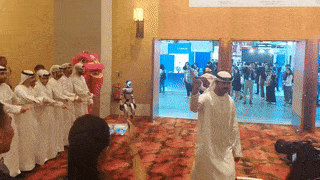
The opening performance was, aptly, also an early glimpse into the wide-ranging diversity that defined the event. Over three packed days, GITEX Asia highlighted where tech stands today—and where it’s heading. Artificial intelligence and robotics notably featured as core themes, a reflection of broader innovation currents that are fast redefining both work and daily life. Take Deep Robotics and Booster Robotics from China, for instance, which both brought dynamic demonstrations to the floor. Similarly, Germany’s Waiys introduced Ameca, its humanoid robot, to curious crowds eager to see what GITEX Asia had to offer.
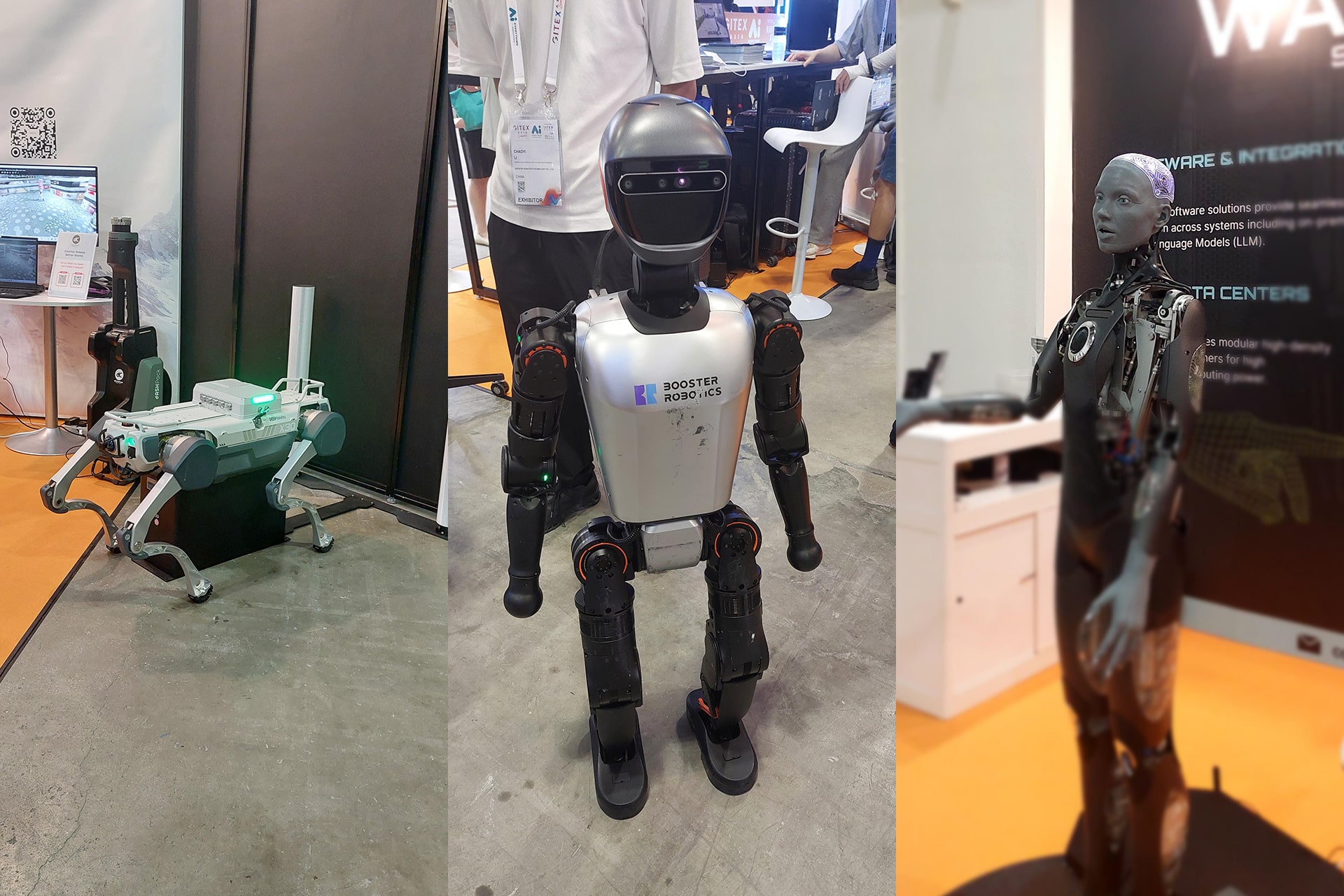
Hangzhou’s Unitree Robotics, one of the city’s “six little dragons,” also drew attention with showcases of its robots, including the G1 humanoid robot and the Go2 quadruped bot, both of which featured during key event proceedings.
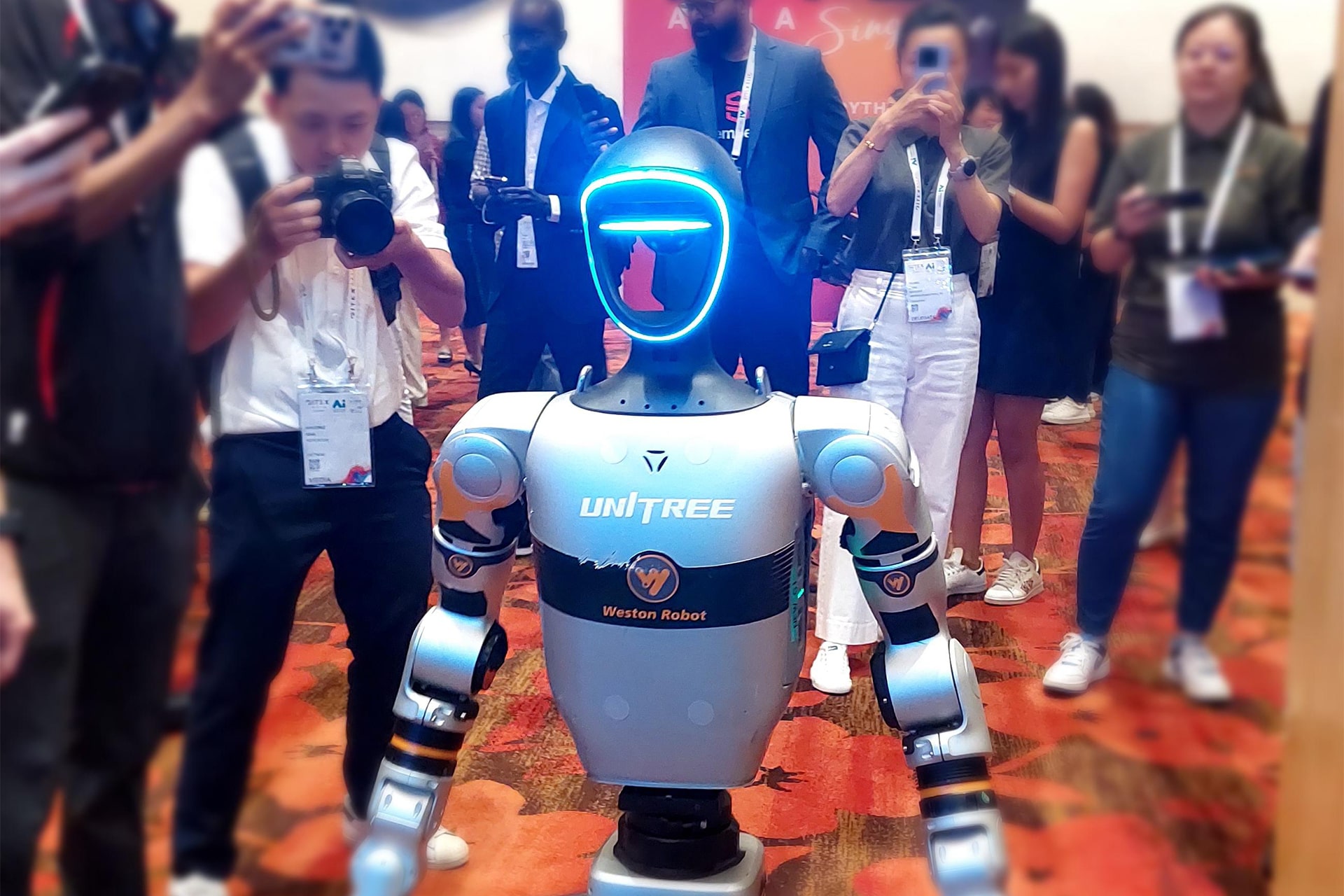
The strong robotics presence at GITEX Asia fits into a larger story: Mordor Intelligence forecasts the global robotics market will surpass USD 100 billion this year and reach about USD 178.6 billion by 2030, based on an estimated compound annual growth rate of 12.2% between 2025–2030. This growth is fueled by the spread of robotics into both B2B and B2C use cases, with industrial and at-home applications among those most heavily observed.
“Humanoid robots will be everywhere around the world in the future, and as reliable, affordable, and useful as laptops are today,” said Li Chaoyi, head of globalization at Booster Robotics. “They can [take] responsibility for many of the tedious, repetitive, and potentially dangerous jobs out there. … This is why we’re actively uniting with AI developers to deploy multifunctional robots for all kinds of scenarios and industries globally.”
While much of the technology on display felt firmly rooted in present trends, some exhibitors offered a glimpse into what might lie just beyond the horizon. Dubai-based startup Xpanceo, for instance, is developing smart contact lenses—a nascent but striking vision for the future of computing. Xpanceo was exhibiting alongside Dubai Chambers, an organization dedicated to supporting Dubai’s business ecosystem.
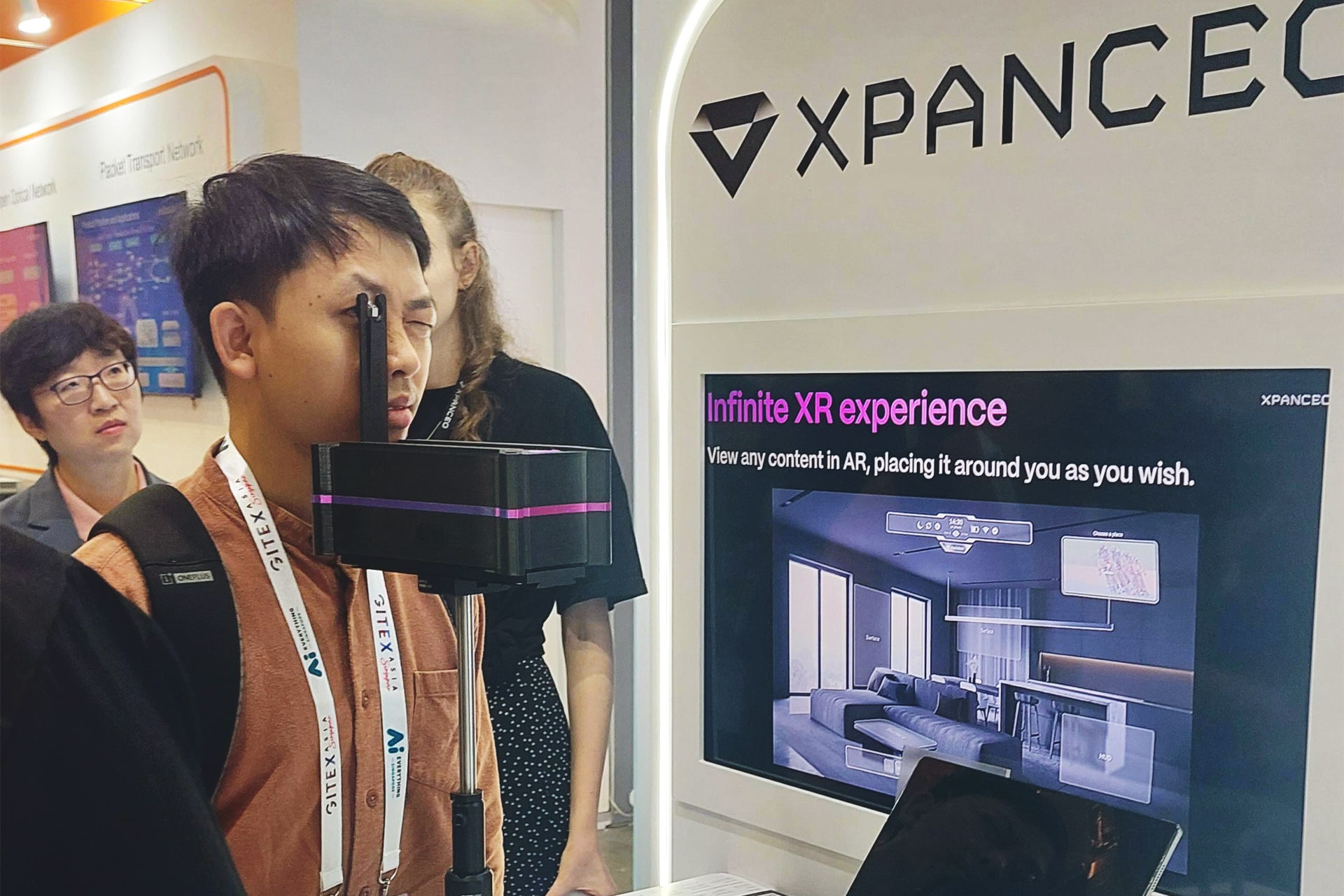
Other innovation bodies from Dubai also lent substantial support to GITEX Asia. Entities such as Dubai Internet City, Dubai Silicon Oasis, and the Dubai DET—just to name a few—were present in full force, underscoring the emirate’s investment in pushing its innovation agenda abroad.

Meanwhile, at the heart of GITEX Asia’s startup and investor showcase, North Star Asia, the Supernova Challenge pitted ten startup finalists from North America, Oceania, Europe, and the Asia Pacific against one another for a prize pool totaling USD 100,000. Bangladesh’s Chhaya Technologies took home the top prize of USD 50,000 after impressing the judges with its pitch for a digital microinsurance platform aimed at unlocking accessible insurance for underserved communities both in Bangladesh and abroad.
Looking ahead, the GITEX series is set to deepen its Asian footprint. During GITEX Asia, plans for GITEX Vietnam were officially announced, slated for October 1–2, 2026, in Hanoi. The new iteration will seek to tap into Vietnam’s fast-growing pool of professional talent and vibrant tech scene, surfacing the country as an up-and-coming innovation hub to watch.
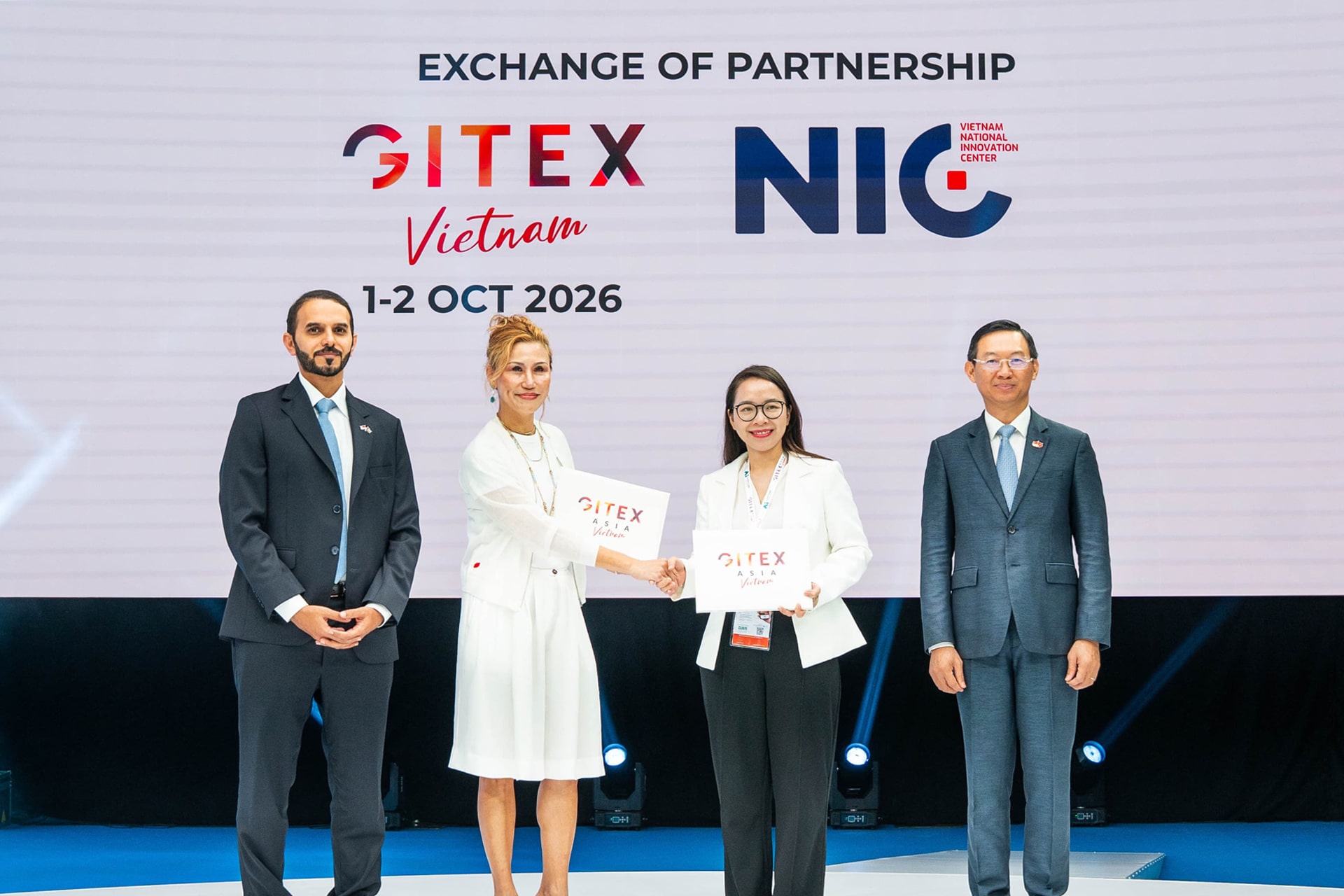
With the completion of GITEX Asia, the event series will head to Berlin next for GITEX Europe, scheduled for May 21–23, with subsequent events in Nigeria and Thailand before concluding for the year with the next edition of GITEX Global back in Dubai.
KrASIA was a partner for GITEX Asia 2025, held in Singapore from April 23–25.
